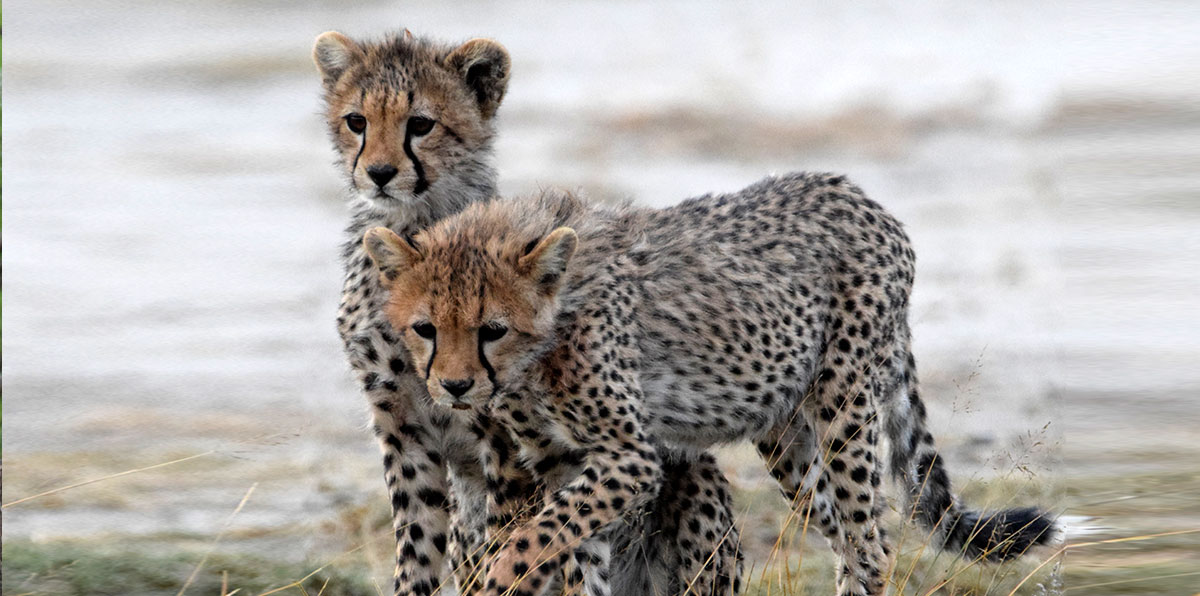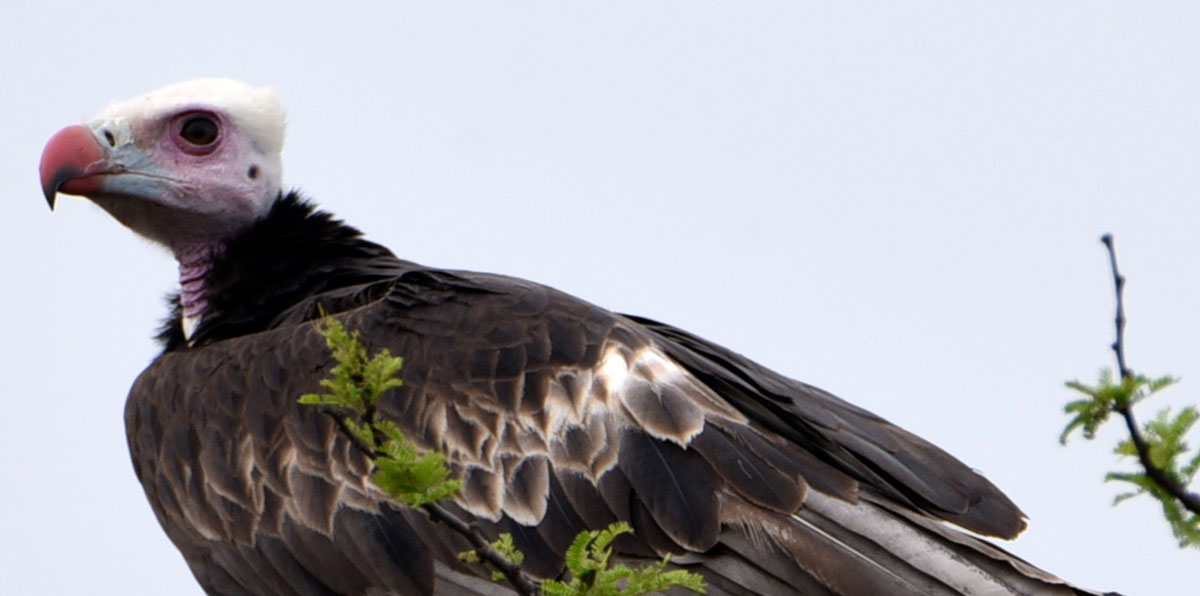Discover the World’s Wonders with Purpose: Adventure Beyond Boundaries
Discover the World’s Wonders with Purpose: Adventure Beyond Boundaries


Proclaimed a national park in 1951 and designated a UNESCO World Heritage Site in 1981, Serengeti National Park is a true gem of Africa. Known for its vast landscapes, incredible wildlife, and the annual Great Migration, the Serengeti offers one of the most unforgettable safari experiences in the world. It’s a place where time seems to stand still, even as millions of animals are constantly on the move.

Serengeti is the only place on Earth where you can witness the Great Migration, a phenomenal movement of millions of wildebeest, zebras, and other antelope across the Acacia plains. This seasonal trek, driven by the search for fresh grass and water, is a mesmerizing natural event. The vast herds move in a cyclical pattern, defined by rainfall and the availability of nutrients in the grass.
The Serengeti’s unfenced nature allows these herds the freedom to roam as they have for millions of years, offering visitors a chance to see this awe-inspiring migration in its natural form. Whether you’re there to watch a river crossing or witness the massive herds stretching to the horizon, the Great Migration is a sight like no other.
While the migration is a major attraction, Serengeti National Park offers much more to explore:
Serengeti is also rich in human history. The area has been home to humans and their ancestors for millions of years. The Maasai people, known for their vibrant culture and traditional lifestyle, still inhabit the region today. Their presence adds an authentic cultural dimension to the safari experience, allowing visitors to connect with the rich heritage of the land.
Serengeti is not just a tourist destination; it is a vital ecological area. It plays a crucial role in understanding dynamic ecosystems and how wildlife interacts with the environment. The park is a transition zone, moving from fertile flatlands to hilly areas, which creates diverse habitats and supports a wide variety of wildlife.

The Serengeti offers a spectacular safari experience year-round, but the best times to visit depend on what you want to experience:
Serengeti National Park is more than just a destination—it’s a profound journey into one of the world’s most pristine ecosystems. Whether you’re there for the Great Migration, to observe the majestic predators, or to simply immerse yourself in the vast wilderness, Serengeti offers a safari experience like no other. Its endless plains and the rhythm of nature will leave you with memories that last a lifetime.

We donate 5% of all our sales to support Roots of Resilience . Paying above-market wages to porters, guides, and community workers. Leading reforestation projects and empowering women’s cooperatives.

Experience the world-famous Serengeti National Park, home to Africa’s most breathtaking wildlife spectacle – the Great Migration. Our expertly guided safaris take you deep into the heart of the savannah, where you’ll witness lions, elephants, and thousands of wildebeest roaming free. Discover the raw beauty of Tanzania’s most iconic safari destination.